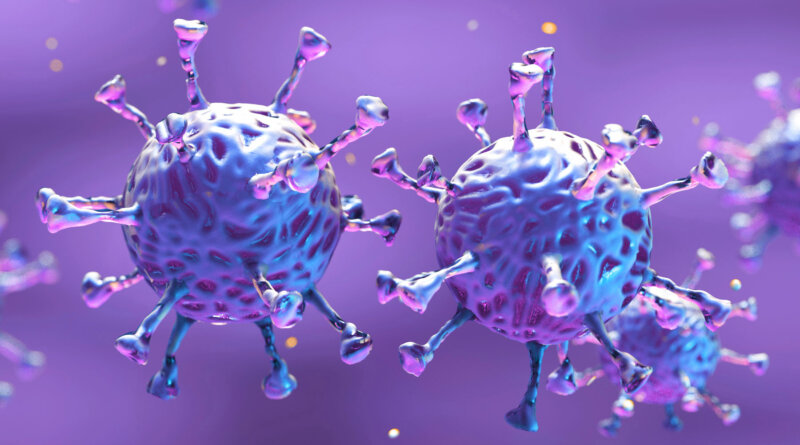WHO Clarifies Comments on Asymptomatic COVID Spread
June 9, 2020 — The proportion of people who never get COVID-19 symptoms but go on to infect others is still mostly unknown, Maria Van Kerkhove, MD, the technical lead for the WHO’s pandemic response, said in a video interview posted to social media on Tuesday.
Van Kerkhove was clarifying an answer she gave at a World Health Organization news briefing on Monday. In response to a reporter’s question, she said transmission of the virus from people who never develop symptoms appears to be “very rare.”
Her remarks immediately ignited a firestorm. People who have been pushing for states to reopen swiftly seized on her answer as more evidence that life could return to normal quickly, even without costly safeguards like expanded testing and contact tracing.
Many epidemiologists and infectious disease specialists called for Van Kerkhove to explain the evidence supporting her statement, since silent transmission is believed to be a major driver of the spread of the disease.
On Tuesday, Van Kerkhove and her colleague Mike Ryan, MD, executive director for health emergencies at the WHO, explained that there are two distinct kinds of silent transmission: “asymptomatic” (spreading a disease when you don’t have symptoms) and “presymptomatic” (spreading it before symptoms start). Both are difficult to stop. Presymptomatic spread is believed to be far more common than asymptomatic spread.
Van Kerkhove said published and unpublished studies discussed in WHO briefings suggest that between 6% and 41% of people who test positive for the virus will be asymptomatic. Even less is known about what proportion of these people go on to infect others.
It’s been difficult for researchers to document asymptomatic transmission. By their very nature, these cases fly under the radar of doctors because patients don’t show signs of being sick. Most studies have found cases in very specific situations where asymptomatic patients have been discovered as part of an investigation of a group of related cases. An example: Passengers who are on the same airline flight or cruise, or family members living in the same house.
She said in the few studies that have been able to follow infected people who never get symptoms, to track down every person they’ve been in contact with and monitor those people for infection, transmission appeared to be “very rare.”
“I was trying to articulate what we know” from a very limited number of studies, Van Kerkhove said Tuesday. “In that, I used the phrase ‘very rare.’ It’s a misunderstanding to state that globally, asymptomatic transmission is very rare.”
She said that for the most part, people who are asymptomatically infected have been younger, without any other health issues.
While experts agree that people can pass COVID-19 without ever having symptoms, one question has been how someone without symptoms could infect others since they aren’t doing the things that would normally push out the virus, like coughing and sneezing.
The new coronavirus can infect the upper respiratory tract — the nose and throat, said Ryan, adding that any situation where a person is expelling air under pressure may drive the virus out. He gave the example of someone shouting at their friend in a loud nightclub.
“Some studies have been done on this — singing, speaking loudly, exertion, maybe in a gym where you’re breathing very heavily,” he said. “Clearly that is playing a role in transmission, there’s no question.”
While true asymptomatic transmission might be uncommon, what’s likely to be more common is presymptomatic transmission. Presymptomatic transmission also occurs with the flu. Studies have shown that people with COVID-19 can infect others anywhere from 1 to 3 days before they get sick, Van Kerkhove said.
Ryan also pointed out that in COVID-19, a person’s viral load, the amount of the virus they have in their body, appears to peak right as they get their first symptoms.
“That means you could be in a restaurant feeling perfectly well and just starting to get a fever, but you’re feeling OK, you didn’t think you needed to stay home. That’s the moment when your viral load could be quite high,” said Ryan.
That’s why masks are important, he said, especially when you can’t stand or sit at a distance from others.
“There is this period of time, you know, where even a professor of infectious diseases themselves wouldn’t know that I’m getting COVID,” Ryan said. “You’re not aware of your status.”
“It’s because the disease can spread at that moment that the disease is so contagious,” he said. “That’s why it has spread around the world in such an uncontained way.”





super kamagra https://kamagra.icu/# – cheap kamagra